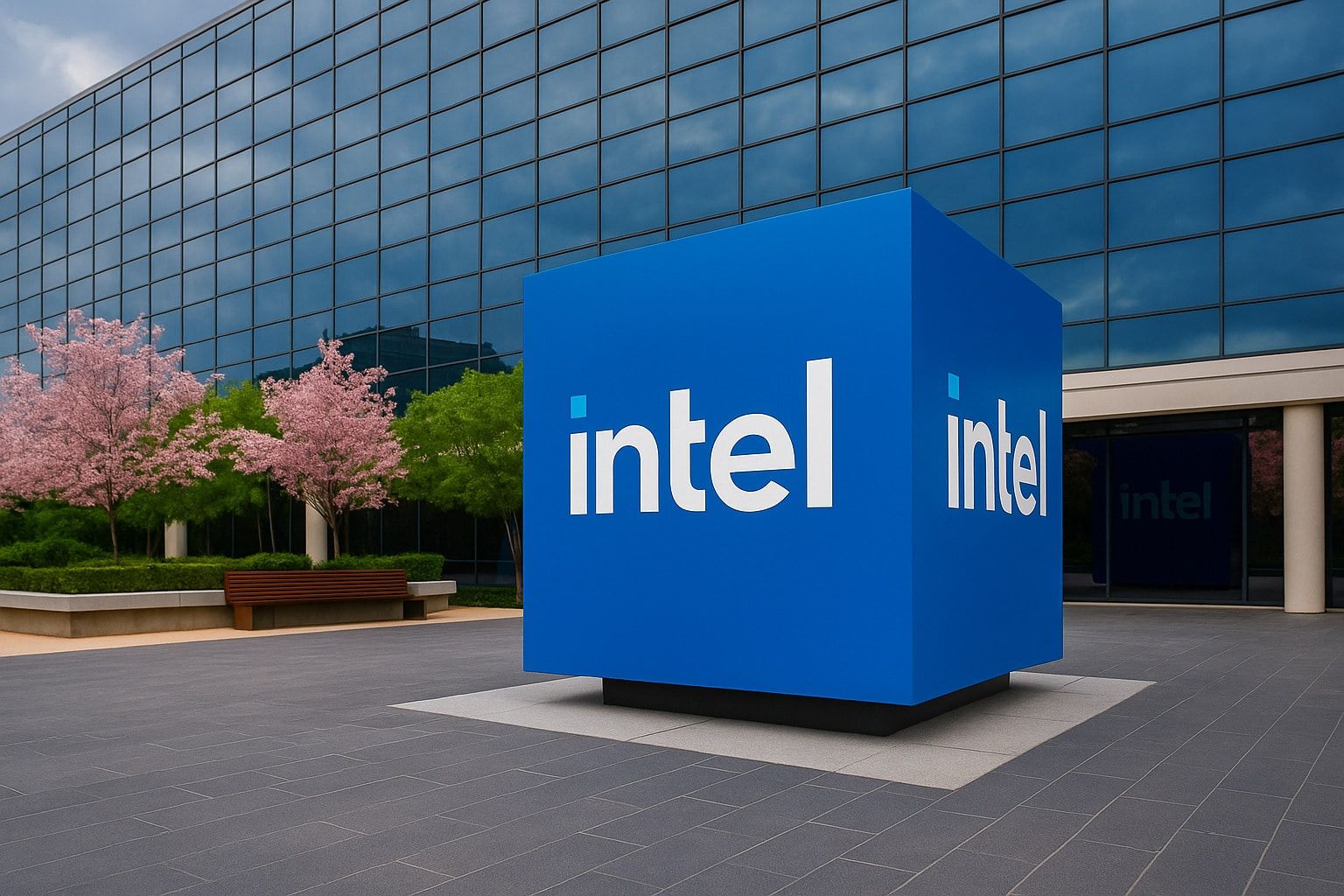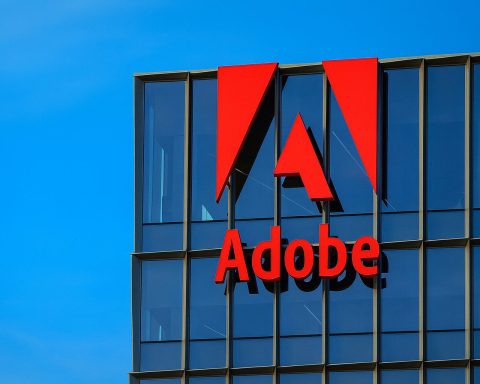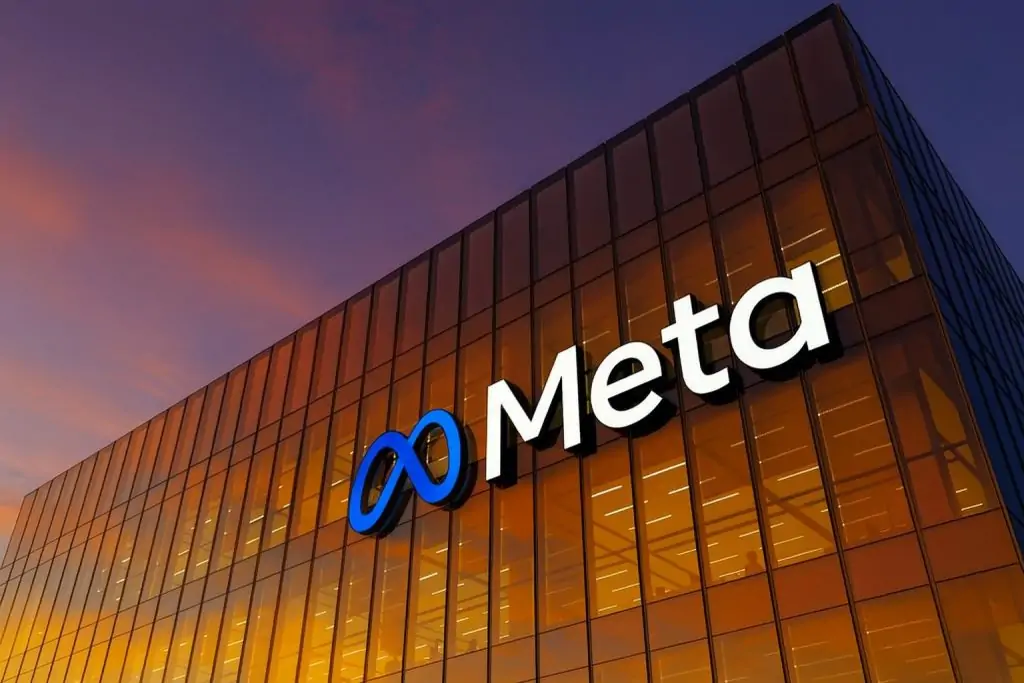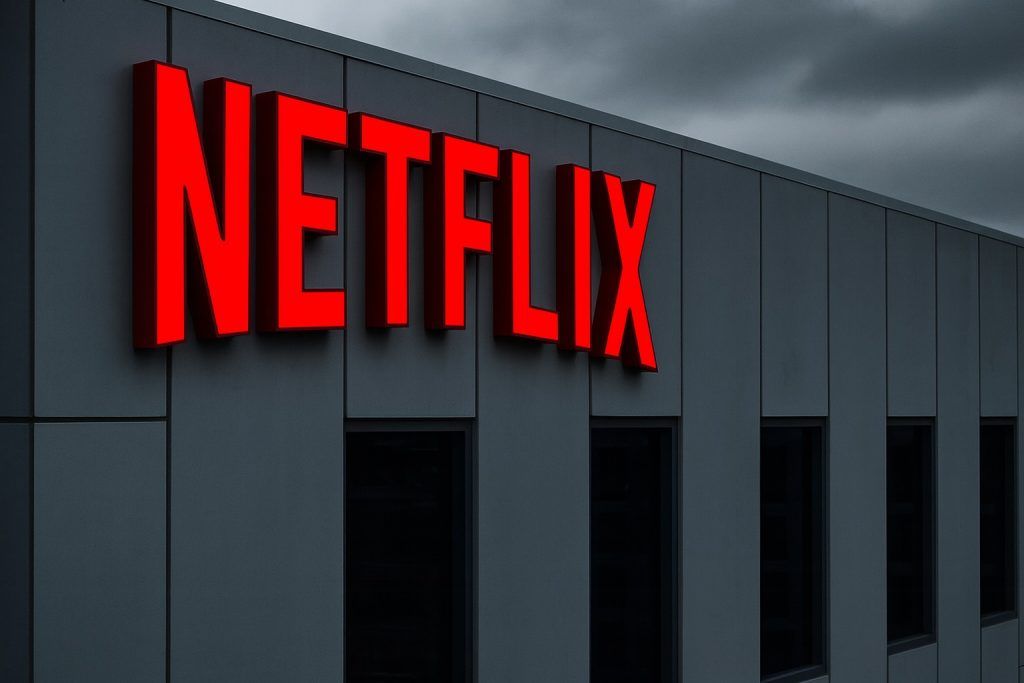Heading into Wednesday’s U.S. session, Intel (NASDAQ: INTC) sits at the center of several powerful storylines: a $5 billion Nvidia partnership, growing interest in its advanced packaging from Apple and Qualcomm, fresh analyst and institutional activity, and continuing restructuring at home.
Here’s what you should know about Intel stock before the market opens today, November 19, 2025.
Quick snapshot: Intel stock heading into Wednesday’s open
- Last close (Tue, Nov. 18): Around $34.3 per share, after a roughly 1–2% drop that extended a multi-day pullback from late-October highs near $38. [1]
- Pre-market (around 7:45 a.m. ET): Intel is trading close to $34.3, essentially flat versus Tuesday’s close, according to real‑time quotes (12:43:47 UTC) from U.S. markets.
- 52‑week range: About $17.67–$42.48, with a 50‑day moving average near $35 and a 200‑day moving average around $26.6 — a reminder that shares have almost doubled off their 2025 lows despite the recent pullback. [2]
- Valuation snapshot: MarketBeat pegs Intel’s market cap near $164 billion and an eye‑watering trailing P/E above 3,000, a distortion driven by near‑zero net earnings. [3]
Against this backdrop, the news flow from November 18–19 is all about whether Intel’s turnaround and AI ambitions can justify that big rerating.
1. Wall Street’s view: Consensus “Reduce” despite a fresh neutral call
Analysts remain cautious, even after Intel’s strong Q3 2025 earnings beat.
Consensus rating: still negative
MarketBeat’s latest roundup, published this morning, shows: [4]
- 33 analysts currently cover Intel
- Ratings breakdown:
- 8 Sell
- 23 Hold
- 2 Buy
- Consensus rating: effectively “Reduce”
- Average 12‑month price target: about $34.84, almost exactly where the stock trades today
In other words, the Street, on average, does not see much upside from current levels and remains skeptical that Intel can fully convert its turnaround narrative into durable earnings power.
Bernstein reiterates “Neutral”
On November 18, Sanford C. Bernstein reaffirmed a “Neutral” rating on Intel with a price target near $35, essentially at the current share price. [5]
That call underscores the broader message:
- Q3 looked better than feared, but
- The turnaround is still fragile,
- And the stock no longer trades at “deep value” levels after a huge 2025 rally.
Earnings backdrop
Across several analyst reports and data aggregators, the key numbers for Q3 2025 and guidance are: [6]
- Q3 revenue: ~$13.65 billion (vs. ~$13.1 billion expected)
- Q3 EPS: about $0.23, a sharp swing from losses a year ago
- Net margin: 0.37%; ROE: slightly negative (~‑0.75%)
- Q4 2025 EPS guidance: around $0.08
- Full‑year Street forecast: roughly ‑$0.11 EPS, i.e., a small loss
So while the direction of travel is improving, the actual profit base is still extremely thin, which explains both the weirdly high P/E and the lingering analyst caution.
2. Strategic partnership: Nvidia’s $5 billion bet stays in focus
Even though the Nvidia deal was announced back in September, it remains the central narrative around Intel stock — and it’s back in the headlines this week.
What the deal actually does
According to Nvidia’s and Intel’s own announcements and follow‑up coverage: [7]
- Nvidia will invest $5 billion in Intel’s common stock, buying the shares at just over $23 each for roughly a 4% stake.
- The companies will co‑develop multiple generations of:
- Data‑center products (custom Xeon‑based platforms with Nvidia accelerators and NVLink interconnect)
- Personal‑computing solutions, with Intel building x86 SoCs that integrate Nvidia RTX GPU chiplets.
- The investment is subject to regulatory approvals and is expected to close by year‑end 2025.
Fund managers are explicitly calling this out as a key part of the bull case. Ariel Global Fund, for example, highlighted Intel’s rally “following the announcement of a strategic partnership with Nvidia” and emphasised that the $5 billion equity investment signals confidence in Intel’s long‑term trajectory. [8]
How Intel framed the deal yesterday
At yesterday’s Global Technology, Internet, Media & Telecommunications Conference, Intel’s IR chief John Pitzer reiterated that: [9]
- The Nvidia collaboration is a multi‑generational agreement that took over a year of engineering work.
- Intel will supply a custom Xeon CPU that Nvidia integrates into its data‑center systems, giving Intel access to Nvidia’s NVLink fabric.
- On the PC side, Nvidia provides the GPU “tile”, while Intel integrates it into new x86 SoCs — a structure designed to avoid low‑margin “pass‑through” revenue.
For Intel, this deal is about staying attached to the fastest‑growing parts of AI compute even as Nvidia builds its own ARM‑based CPUs.
3. New conference clues: AI roadmap, supply constraints and foundry goals
The same conference appearance on November 18 delivered several important forward‑looking datapoints for investors to digest today. [10]
AI and product roadmap
Key takeaways from the transcript:
- Intel is pushing a cultural shift toward a more engineer‑focused, customer‑centric model.
- The company is prioritising:
- A successful launch of its Panther Lake PC platform (built on its 18A node), with first SKUs targeted by year‑end.
- Execution on AI accelerators, including inference‑specialized GPUs targeted at “agentic” and “physical” AI workloads.
- A more disciplined ASIC strategy using both x86 and ARM where appropriate.
Supply constraints and margin goals
Management also warned that:
- Intel expects supply constraints to peak in Q1 2026, especially around advanced nodes and wafers.
- The company is pushing to improve gross margins through 2026 and beyond, with the long‑term goal of having margins comparable to fabless peers (think Nvidia, AMD) once its manufacturing transition stabilises.
Foundry ambitions
On foundry, Intel reiterated:
- The Intel Foundry Services (IFS) business is targeting run‑rate break‑even by 2027.
- Intel is “all in” on its 14A process but may halt development if it fails to land a meaningful external customer.
For investors, that last point is crucial: the future of Intel’s most advanced manufacturing nodes depends in part on winning external foundry clients — which ties directly into the packaging and customer‑interest headlines from the last 24 hours.
4. Advanced packaging: Apple, Broadcom and Qualcomm sniff around Intel
One of the most interesting themes in this week’s Intel news flow is the surge of interest in its advanced packaging technologies — particularly EMIB and Foveros.
Apple & Broadcom job postings point to Intel Foundry
A detailed report from Tom’s Hardware on November 18 flagged new job listings at Apple and Broadcom that explicitly mention Intel’s EMIB and 2.5D packaging: [11]
- Apple posted a “DRAM Packaging Engineer” role whose description references EMIB and other advanced packaging techniques.
- Broadcom has similar listings pointing to expertise in EMIB.
- While neither posting explicitly names Intel as a partner, the requirement to understand Intel‑specific packaging technology strongly suggests these firms are at least evaluating Intel’s packaging services.
The article notes that Intel has already been packaging chips for major customers such as AWS and Cisco, and is expected to do the same for Nvidia’s future products. [12]
Apple and Qualcomm interest confirmed by multiple research notes
Separate industry coverage from research group TrendForce, NotebookCheck and others on November 18 and the surrounding days reinforces the same theme: [13]
- Apple and Qualcomm have posted roles requiring experience with Intel’s EMIB and Foveros advanced packaging.
- The push comes as TSMC’s CoWoS capacity remains tight, prompting large chip designers to diversify their packaging options.
- Analysts argue this could help Intel challenge TSMC’s dominance in next‑gen chip manufacturing — at least on the packaging side.
A European market update titled “Intel Shares Face Pressure Amid Strategic Shifts” (carried via boerse‑global and Ad‑hoc‑News on November 18) also highlighted Apple and Qualcomm’s interest in Intel’s packaging capabilities as a key bright spot within an otherwise tough restructuring story. [14]
For investors watching Intel this morning, this cluster of packaging headlines is important because the company has struggled to win marquee foundry customers, but is now clearly gaining traction in advanced packaging, where it already has mature technologies and available capacity.
5. Restructuring moves: Oregon layoffs and VROC licensing
Alongside the growth stories, Intel is still very much in cost‑cutting and portfolio‑sharpening mode, and several developments around November 17–18 are shaping sentiment.
Hundreds more layoffs in Oregon
Local reports over the last week, now being picked up in broader market commentary, confirm that Intel will eliminate another 669 jobs in Oregon by the end of 2025. [15]
- The cuts affect facilities in Hillsboro and Aloha, Intel’s key U.S. manufacturing and R&D hubs.
- Intel had already cut roughly 2,500 positions in the state earlier in the year, bringing 2025 job reductions in Oregon alone to over 3,100.
- These layoffs are part of a broader plan to shrink the “core Intel workforce” by about 15% in early 2025, particularly in its foundry division. [16]
While investors often welcome cost discipline, such deep cuts also underscore the pressure on margins and cash flowduring this transition.
Virtual RAID on CPU (VROC) business handed to Graid Technology
On the product side, Intel is also streamlining its enterprise storage stack:
- On November 17, storage company Graid Technology announced it had finalized a licensing agreement with Intel for Intel® Virtual RAID on CPU (VROC), taking over the rights to license, market, sell and develop the technology globally. [17]
- Intel’s own support pages confirm that as of November 17, Graid will handle all VROC customer support, and Intel has stopped accepting new VROC support inquiries through its regular channels. [18]
For shareholders, this is another sign that Intel is offloading non‑core or lower‑priority assets to focus resources on AI, leading‑edge nodes and packaging.
6. Where the big money is moving: Primecap and other institutions
Despite the cautious analyst tone, institutional investors are still heavily involved in Intel — and some are adding.
Primecap Management boosts its stake
A new MarketBeat report on November 19 highlights a large position increase from Primecap Management Co. CA: [19]
- Primecap bought an additional 3,313,890 Intel shares in Q2, lifting its stake by 4.3%.
- It now owns 80.3 million shares, or about 1.83% of Intel, valued around $1.8 billion at the end of the most recent quarter.
- Intel represents roughly 1.4% of Primecap’s portfolio, making it the firm’s 17th‑largest holding.
The same report notes that other large institutions — including Nuveen, Price T Rowe and Goldman Sachs — have also increased their stakes over recent quarters, contributing to institutional ownership of roughly 64.5% of Intel’s float. [20]
Additional filings highlighted yesterday
The TechStock² article on Intel’s November 18 trading session also flagged a Q2 filing from Citizens Financial Group, which increased its Intel position by about 44% to over 62,000 shares, and pointed out steady buying from large asset managers such as Vanguard, Geode, Northern Trust and Amundi. TechStock²
This mix — skeptical research notes but committed institutional ownership — is part of what makes Intel a “debate stock” this morning rather than a simple value play.
7. Macro and AI‑trade jitters behind Tuesday’s pullback
Intel’s slide on November 18 wasn’t just about company‑specific news.
A broader tech and AI sell‑off hit U.S. markets on Tuesday as investors fretted about stretched valuations and braced for Nvidia’s upcoming earnings, which many view as a “stress test” for the entire AI trade. TechStock²+2TechStock²+2
According to TechStock², citing Reuters and other market data: TechStock²
- The Nasdaq led declines, with AI‑levered names like Tesla, Palantir and Super Micro Computer under pressure.
- Chip stocks such as AMD and Intel were singled out as key drags on the indices, with intraday drops in the low‑to‑mid single digits.
- Traders are re‑evaluating high‑multiple tech plays in light of:
- Less certainty about near‑term Fed rate cuts, and
- Fears that AI earnings expectations may be too optimistic.
In that context, Intel’s roughly 1–2% drop to the mid‑$34s looks more like part of a sector‑wide de‑risking than a company‑specific crisis.
8. Leadership and digital‑transformation update: New CIO appointment
On the corporate‑governance side, Intel announced on November 18 that Cindy Stoddard will become Senior Vice President and Chief Information Officer effective December 1, reporting directly to CEO Lip‑Bu Tan. [21]
Key points from the Intel Newsroom release:
- Stoddard previously spent nine years at Adobe, where she led global IT and cloud operations and helped drive the company’s large‑scale digital transformation.
- She has additional leadership experience at NetApp, Safeway, APL and Consolidated Freightways.
- At Intel, she will oversee the next phase of Intel’s internal digital transformation, including:
- Modernising legacy systems
- Strengthening enterprise‑wide data integration
- Expanding Intel’s AI‑enabled internal IT capabilities
While this is an internal role rather than a product‑line announcement, it fits into the broader thesis that Intel is trying to modernise its own operations as aggressively as it modernises its fabs.
9. Options flow and technical tone: signs of a “debate stock”
Short‑term traders watching Intel this morning are also paying attention to options and technicals.
- Options‑flow trackers at CheddarFlow recently flagged a 10,000‑contract call sweep in the February 2026 $40 calls, with volume and open interest spiking on November 18 — a sign that at least some traders are positioning for a move back toward $40 over the next few months. [22]
- Technical commentary cited by TechStock² notes that Intel’s huge 2025 run — shares have roughly doubled from their 52‑week low — has pushed many momentum indicators into overbought or at least “tired” territory, making the current consolidation unsurprising. TechStock²+1
Put together, it looks like a classic battleground setup: bulls leaning on long‑dated calls and the Nvidia/foundry story; bears pointing to stretched technicals and a still‑fragile earnings base.
Key numbers and catalysts to watch today
If you’re watching INTC before the open, these are the most actionable datapoints from the November 18–19 news flow:
- Price & trend
- Pre‑market price: around $34.3
- Down from late‑October highs near $38, but still up sharply vs 2025 lows near $18. [23]
- Fundamentals
- Q3 EPS: $0.23 on $13.65B revenue (beat).
- Q4 EPS guidance: $0.08 vs full‑year Street expectation of ‑$0.11 EPS. [24]
- Wall Street stance
- Consensus rating: “Reduce” (8 Sell, 23 Hold, 2 Buy).
- Average target: $34.84, near today’s price. [25]
- Strategic themes
- Nvidia partnership: $5B equity stake, multi‑year co‑development of data‑center systems and x86 RTX SoCs for PCs; investment expected to close by year‑end. [26]
- Advanced packaging: Multiple independent reports that Apple, Broadcom and Qualcomm are recruiting engineers with Intel EMIB/Foveros experience, hinting at future packaging collaborations. [27]
- Foundry/AI roadmap: Supply constraints expected to peak in Q1 2026; inference‑optimized GPUs in development; foundry targeting break‑even by 2027. [28]
- Restructuring
- Ownership & flows
- Primecap Management now owns 80.3M Intel shares (1.83% stake) after buying 3.3M more shares; overall institutional ownership ~64.5%. [31]
What this all means if you’re watching Intel stock today
From a pre‑market perspective, Intel looks like a high‑expectations turnaround story taking a breather, rather than a broken stock or a clean deep‑value play.
Bullish investors will focus on:
- The Nvidia partnership, which keeps Intel directly attached to the hottest parts of AI compute.
- Growing advanced‑packaging momentum with potential customers like Apple, Broadcom and Qualcomm kicking Intel’s tires.
- A strengthening institutional shareholder base, with major funds increasing positions rather than exiting.
- Early signs of operational discipline via product cancellations, licensing deals (VROC) and targeted cost cuts.
Bearish or cautious investors will emphasise:
- A consensus “Reduce” rating and a price target barely above the current share price.
- Microscopic margins and a still negative full‑year EPS forecast in 2025.
- Execution risk around foundry break‑even by 2027, and the need to land big external customers to justify continued 14A investment.
- Ongoing layoffs and restructuring, which, while helpful for costs, highlight the structural challenges Intel still faces.
For traders and long‑term investors alike, the question before the bell today isn’t just “Will Intel bounce after yesterday’s drop?” It’s:
How much of the Nvidia + packaging + AI‑turnaround upside is already priced into a stock that has nearly doubled this year, and how much room is left if execution wobbles?
As always, this overview is informational only and not financial advice. Consider your own risk tolerance, time horizon and diversification needs — and, ideally, consult a qualified financial adviser — before making any decisions about Intel stock.
References
1. www.marketbeat.com, 2. www.marketbeat.com, 3. www.marketbeat.com, 4. www.marketbeat.com, 5. www.marketbeat.com, 6. www.marketbeat.com, 7. nvidianews.nvidia.com, 8. finviz.com, 9. www.investing.com, 10. www.investing.com, 11. www.tomshardware.com, 12. www.tomshardware.com, 13. www.trendforce.com, 14. www.ad-hoc-news.de, 15. www.opb.org, 16. www.businessinsider.com, 17. graidtech.com, 18. www.intel.com, 19. www.marketbeat.com, 20. www.marketbeat.com, 21. newsroom.intel.com, 22. www.cheddarflow.com, 23. www.investing.com, 24. www.marketbeat.com, 25. www.marketbeat.com, 26. nvidianews.nvidia.com, 27. www.tomshardware.com, 28. www.investing.com, 29. www.opb.org, 30. graidtech.com, 31. www.marketbeat.com










